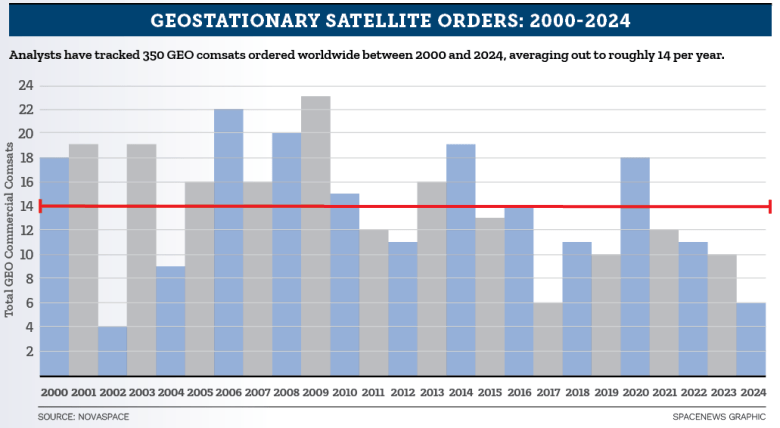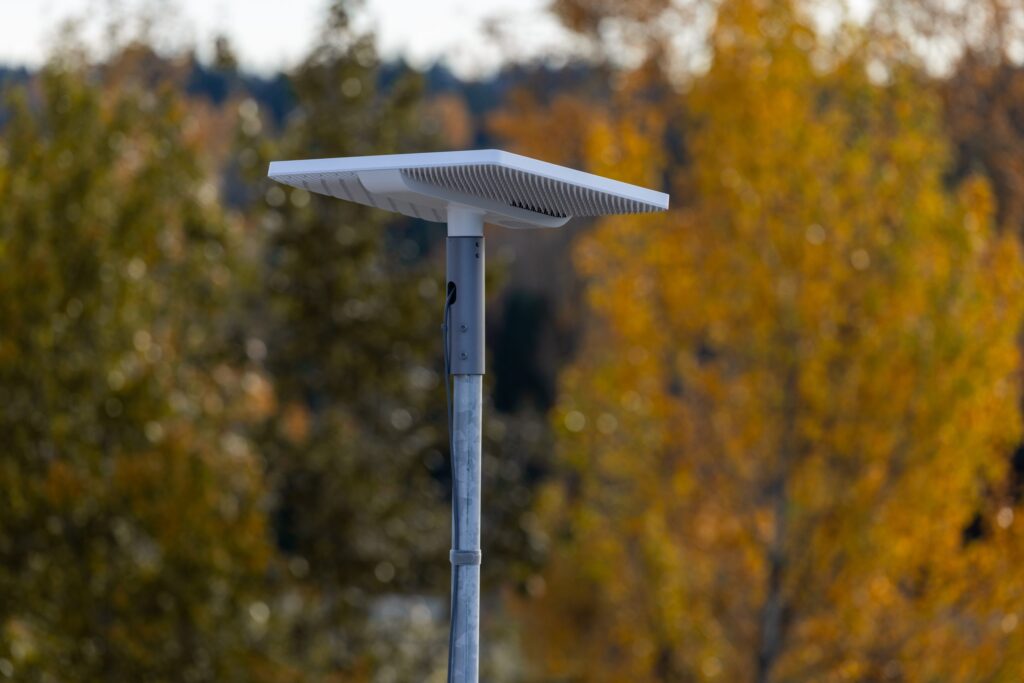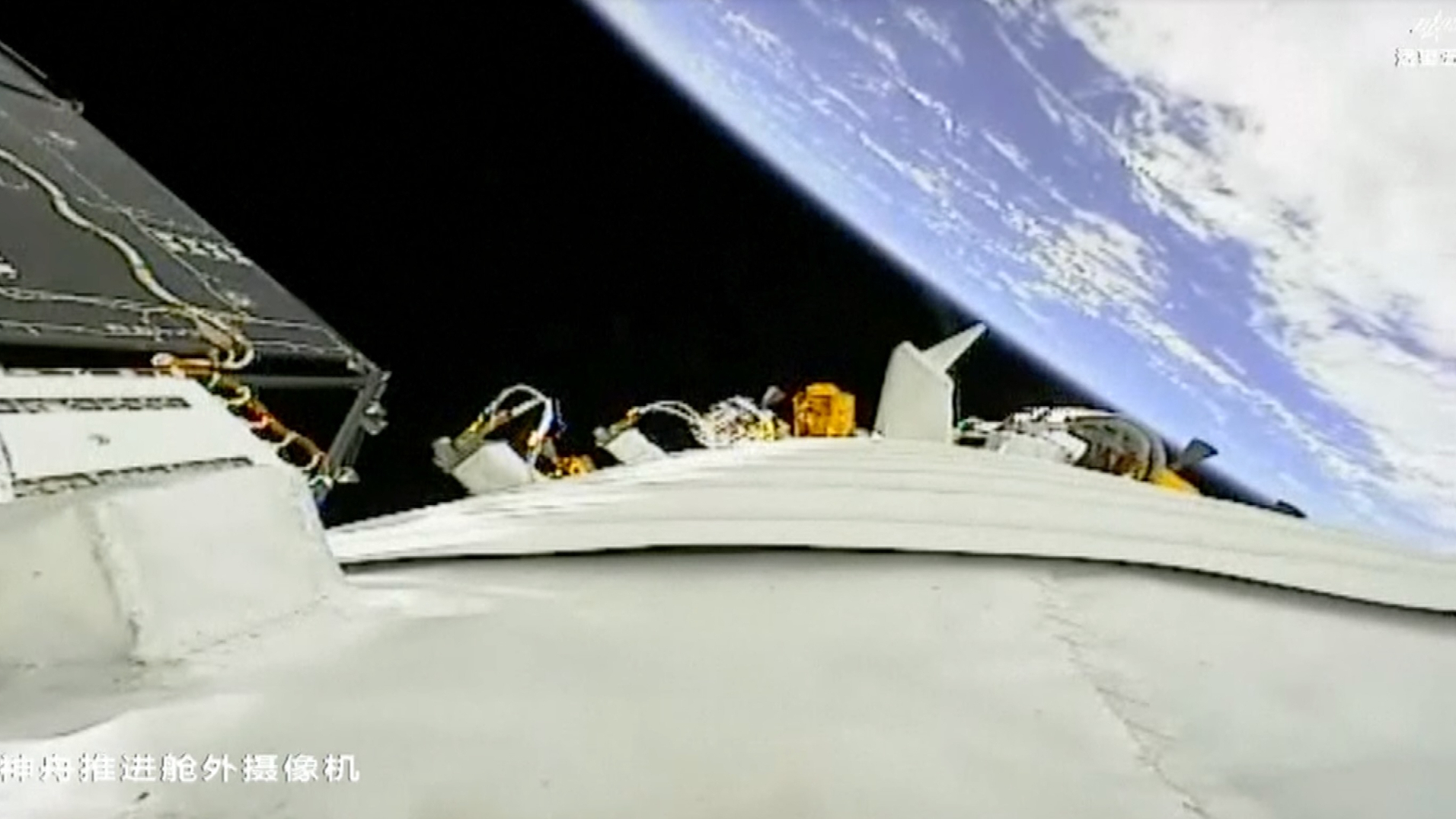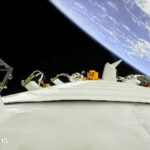Now Reading: Shenzhou-22 docks at Tiangong space station, resolving human spaceflight emergency
-
01
Shenzhou-22 docks at Tiangong space station, resolving human spaceflight emergency
Shenzhou-22 docks at Tiangong space station, resolving human spaceflight emergency

HELSINKI — China’s uncrewed Shenzhou-22 spacecraft has arrived at the Tiangong space station, reestablishing a lifeboat for the crew and ending the orbital outpost’s first operational emergency.
A Long March 2F rocket lifted off at 11:11 p.m. Eastern, Nov. 24 (0411 UTC, Nov. 25) from Jiuquan Satellite Launch Center in the Gobi Desert, carrying Shenzhou-22. The uncrewed spacecraft docked at the forward docking port of Tiangong’s Tianhe core module at 2:50 a.m. Eastern, Nov. 25 (0750 UTC), just over 3.5 hours later.
The arrival of Shenzhou-22 draws to a close a 20-day emergency response initiated Nov. 5 when the Shenzhou-20 spacecraft—due to return the three Shenzhou-20 astronauts to Earth just hours later—was discovered to have suffered damage from a suspected space debris impact.
The departure of Shenzhou-20 after the crew’s six-month-long mission was postponed hours before departure following the discovery of minor cracks in a port window attributed to a suspected debris impact. Following assessment of the situation, the crew returned to Earth Nov. 14 using the Shenzhou-21 spacecraft that had delivered three astronauts to Tiangong Oct. 31. In the meantime, the Shenzhou-22 spacecraft, originally scheduled to send the next crew to Tiangong in April or May 2026, was readied for launch at Jiuquan to provide a lifeboat for the Shenzhou-21 crew.
Procedures put in place by CMSEO, China’s human spaceflight agency, see that the Shenzhou spacecraft and Long March 2F rocket for the subsequent planned crewed mission are in a state of near-readiness (“one launch, one on standby”) at Jiuquan in case of emergency aboard Tiangong. The timely and orderly response to the situation appears to validate this approach.
Zeng Yaoxiang, an engineer at the China Aerospace Science and Technology Corporation (CASC), told China Central Television (CCTV) that the normal test-to-launch cycle of more than 30 days was reduced to just 16 to get the standby rocket ready to launch.
“The whole period from tests to launch is 16 days, which is a very short window. It requires full concentration and strict adherence to the plan, and uncompromising quality control,” Zeng said.
Questions remain, however, at least to the outside. The Shenzhou-21 crew appear to have been left aboard Tiangong for a period of 11 days without a lifeboat, with Shenzhou-20 deemed unsafe for carrying crew to Earth due to the minor cracks in a small portview window due to the suspected debris impact. There is little insight to the outside how the decision to return the Shenzhou-20 crew on the Shenzhou-21 spacecraft was reached. Factors may include the likelihood of Shenzhou-20 surviving reentry in the event of emergency, the lack of available docking ports at Tiangong—with those being taken up by Shenzhou-20, 21 and Tianzhou-9 cargo spacecraft—and the impact of Tiangong hosting six astronauts beyond the standard 4-5 days for a crew handover.
There is also now a gap in readiness at Jiuquan. The Long March 2F rocket for the Shenzhou-23 spacecraft, which will now need to be readied in case of a new emergency, is currently undergoing assembly and testing in Beijing. No delivery timeline to Jiuquan has been announced.
Shenzhou-22 also carried cargo instead of the expected crew of three. Zhang Jianli of the China Astronaut Research and Training Center told Chinese media that consumables, mainly food, fruit and vegetables and a small amount of clothing were aboard, replacing supplies used during the extended stay of the Shenzhou-20 crew.
The spacecraft incorporates updates including an improved human–machine interface, a miniaturized instrument panel, an optimized return-capsule layout, and increased down-mass capability. It also carries a device described as being able to treat the cracks in Shenzhou-20’s port window. The Shenzhou-20 spacecraft will remain in orbit to conduct relevant experiments,” CMSEO stated.
The Shenzhou-21 crew, consisting of commander Zhang Lu and crewmates Zhang Hongzhang and Wu Fei, are now nearly one month into their six-month-long stay aboard Tiangong, and will return to Earth aboard Shenzhou-22 around April or May 2026. China aims to keep Tiangong operational and permanently crewed for at least a decade. It plans to send international astronauts to Tiangong, with the first to come from Pakistan, and is working to expand the three-module outpost.
Stay Informed With the Latest & Most Important News
Previous Post
Next Post
-
 012024 in Review: Highlights from NASA in Silicon Valley
012024 in Review: Highlights from NASA in Silicon Valley -
 02Panasonic Leica Summilux DG 15mm f/1.7 ASPH review
02Panasonic Leica Summilux DG 15mm f/1.7 ASPH review -
 03How New NASA, India Earth Satellite NISAR Will See Earth
03How New NASA, India Earth Satellite NISAR Will See Earth -
 04And Thus Begins A New Year For Life On Earth
04And Thus Begins A New Year For Life On Earth -
 05Astronomy Activation Ambassadors: A New Era
05Astronomy Activation Ambassadors: A New Era -
06SpaceX launch surge helps set new global launch record in 2024
-
 07Space Force plans new ‘Futures Command’ amid pressure to speed up modernization
07Space Force plans new ‘Futures Command’ amid pressure to speed up modernization




















